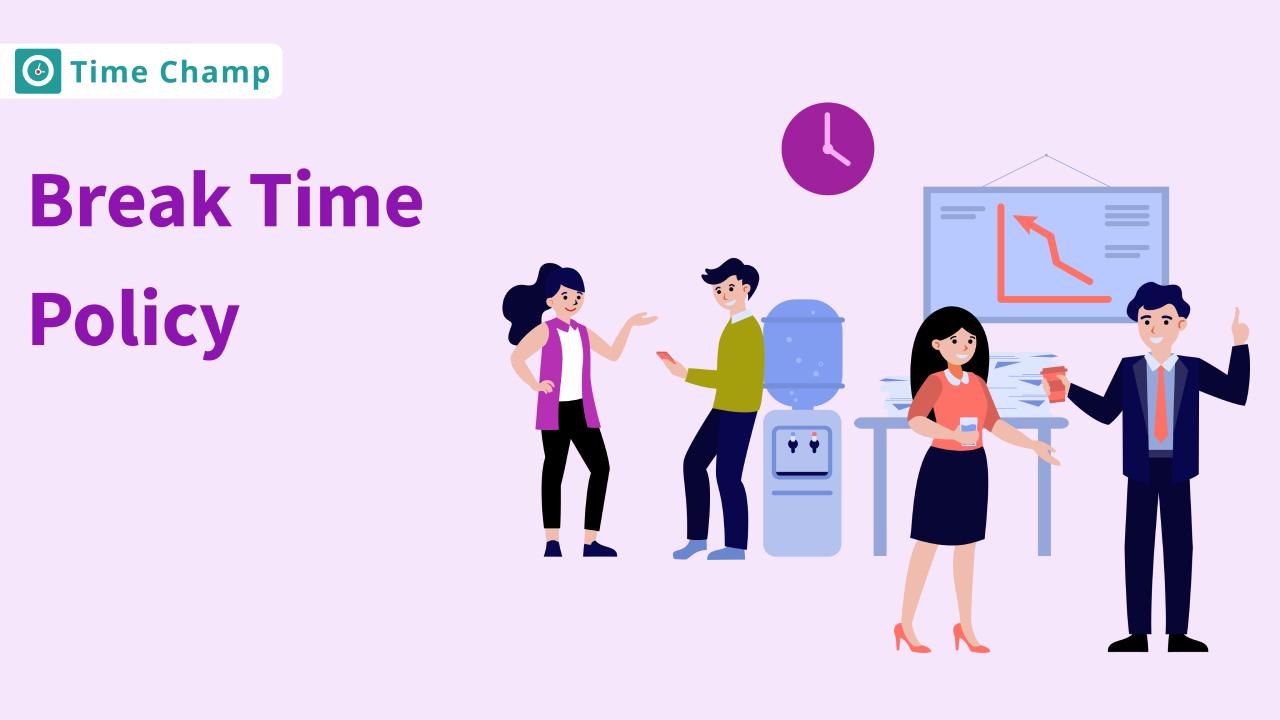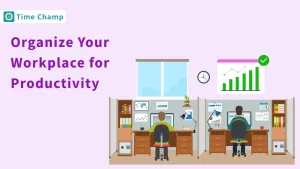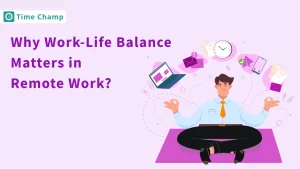Are there problems with employees leaving their workplace during breaks or not adhering to the break timetable? If breaks are often omitted or managed poorly, then it may be an issue with the break time policy. This blog will assist you in learning how to implement a proper break time policy so that people can rest and be productive.
What is a Break Time Policy?
A break time policy is a structured approach for managing employee break periods during working hours. It gives details on when and how frequently the breaks should be taken such as the meal break and the short rest periods. The policy may also contain restrictions on personal activities, such as smoking or using a phone to ensure that breaks are taken in a way that supports both employee well-being and workplace efficiency.
Why is a Break Time Policy Crucial for Your Workplace?
A break-time policy is essential in your workplace since it contributes to the overall health and productivity of your employees as well as the overall well-being of your workplace. Here’s why:
Promotes Employee Health and Well-being
Taking breaks from work can refresh both the mind and the body. An effective break-time policy helps to prevent stress and burnout, as well as enhance the general well-being of employees. Research, such as the FLSA, has indicated that short breaks improve focus and prescribe specific break times, highlighting the importance of rest. Healthy workers are more productive, and motivated, and do not require frequent sick leaves.
Improves Job Satisfaction and Morale
If employees know that they have certain hours to take their breaks, then it will boost their morale to work. This is important because it shows that the organization is concerned with their health, and this can improve their performance and reduce turnover. Happy employees are more likely to be committed to the company’s goals and objectives and therefore will work harder to achieve them.
Ensures Compliance with Labor Laws
It is important to note that there are legal standards that pertain to breaks for employees in many areas. A break time policy helps to make sure that your workplace is not violating these laws and thus helps to avoid legal problems and fines. This compliance also has a positive impact on the company’s social responsibility of treating employees fairly and ethically.
Prevents Overextended Breaks
A clear break-time policy ensures that employees do not take long breaks which may interfere with the normal working schedule. By setting clear guidelines you ensure that the breaks are reasonable and can take rest if needed, but the workday does not get disrupted. This approach fosters a well-structured environment and supports steady progress.
Different Types of Breaks at Work
There are several types of breaks that employees can take and each of them has its purpose to help maintain energy levels during the day. Knowledge of these different break types enables both the employee and the employer to arrange their working schedules most efficiently. Here are the types of breaks at work:
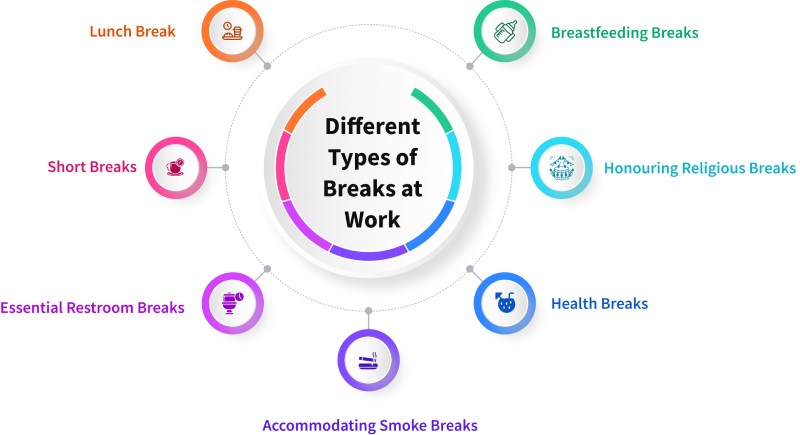
Lunch Breaks
Rest and eating breaks are important, they are usually taken in the middle of the day and last for 30 minutes to an hour. While not always required by law, many places recommend a break for shifts longer than 6 hours. Such breaks help prevent fatigue and make sure that the workers are keen and productive.
Short Breaks
These are short breaks, typically lasting 10-15 minutes, during which employees can rest, grab a snack, or refresh themselves. Rest breaks are usually paid and are important for maintaining energy levels throughout the day.
Essential Restroom Breaks
Restroom breaks are important for the health and cleanliness of the employees, usually not restricted and not considered as part of the breaks. OSHA standards require that employees have access to restrooms when necessary for their health and well-being.
Accommodating Smoke Breaks
Providing opportunities for smoking can help smokers, but this should be done properly. If you allow your employees to take smoke breaks, you should ensure that you balance it by giving other employees extra break time. Employees are not allowed to take unauthorized smoke breaks during paid working hours. A study indicates that just eight minutes a day lost to smoking could cost employers approximately $1,641.14 per smoker annually, underscoring the importance of a strategic break policy.
Health Breaks
Health breaks are specific time slots that an employee can use to attend to a medical emergency or to manage a health condition at the workplace. These breaks allow for things like medical appointments, medication times, or any other health-related emergencies.
Honoring Religious Breaks
Religious breaks are granted to the employees to allow them to engage in religious activities during working hours. Such breaks may include prayer or fasting to enable the employees to fulfill their religious obligations. These accommodations must be provided by the employers as per Title VII of the Civil Rights Act so that the employees can practice their religion at the workplace.
Breastfeeding Breaks
Breastfeeding breaks give new mothers the time they require to breastfeed during working hours. These breaks are legal under the Fair Labor Standards Act and the Affordable Care Act, and the employer must allow reasonable break time and a space other than a restroom for this purpose. This helps the breastfeeding mothers to balance between their roles as parents and employees satisfactorily.
Crafting an Effective Employee Break Policy (Template Included)
1. Purpose
This policy outlines the rights of employees to take breaks at [Company Name]. It is meant to ensure that all the employees are provided with adequate time to rest so that they can be productive and not stressed, ultimately fostering a healthier and more efficient work environment.
2. Scope
This policy applies to all the employees of [Company Name] including those who are on a full-time, part-time, temporary, or contractual basis.
3. Policy Elements
Our employees are entitled to the following breaks during their workday:
Meal Breaks
Employees who work for more than [six hours] are to be provided with a [30-minute] break which must be given within the first [two to five hours] of the working shift. Where working hours exceed [10 hours], a second meal break is permitted. These breaks are usually considered unpaid for non-exempt employees although there are exceptions depending on the local legislation.
Rest Breaks
Employees are permitted one paid [10-minute] rest break for every four hours worked. For example, if you work ten hours, you are generally entitled to two rest breaks during your shift.
Restroom Breaks
Employees are allowed to use restrooms as they deem necessary during their working hours. These breaks are part of the working hours and are not additional time that is given to an employee.
4. Break Scheduling
Flexibility: The timing of breaks is usually not very rigid, but breaks should be planned in a way that does not interfere with the business activities.
Approval: Employees should consult their supervisors to agree on the time to take meals and make sure they are covered.
5. Compliance
Legal Compliance: This policy meets all federal, state, and local legal requirements for breaks for employees. In case there are any contradictions between this policy and the law, the law shall take precedence.
Disciplinary Action: Any violation of this policy may lead to disciplinary action up to and including termination of employment.
6. Review and Amendments
This policy will be reviewed periodically and may be amended at the discretion of management. Employees will be notified of any changes to this policy.
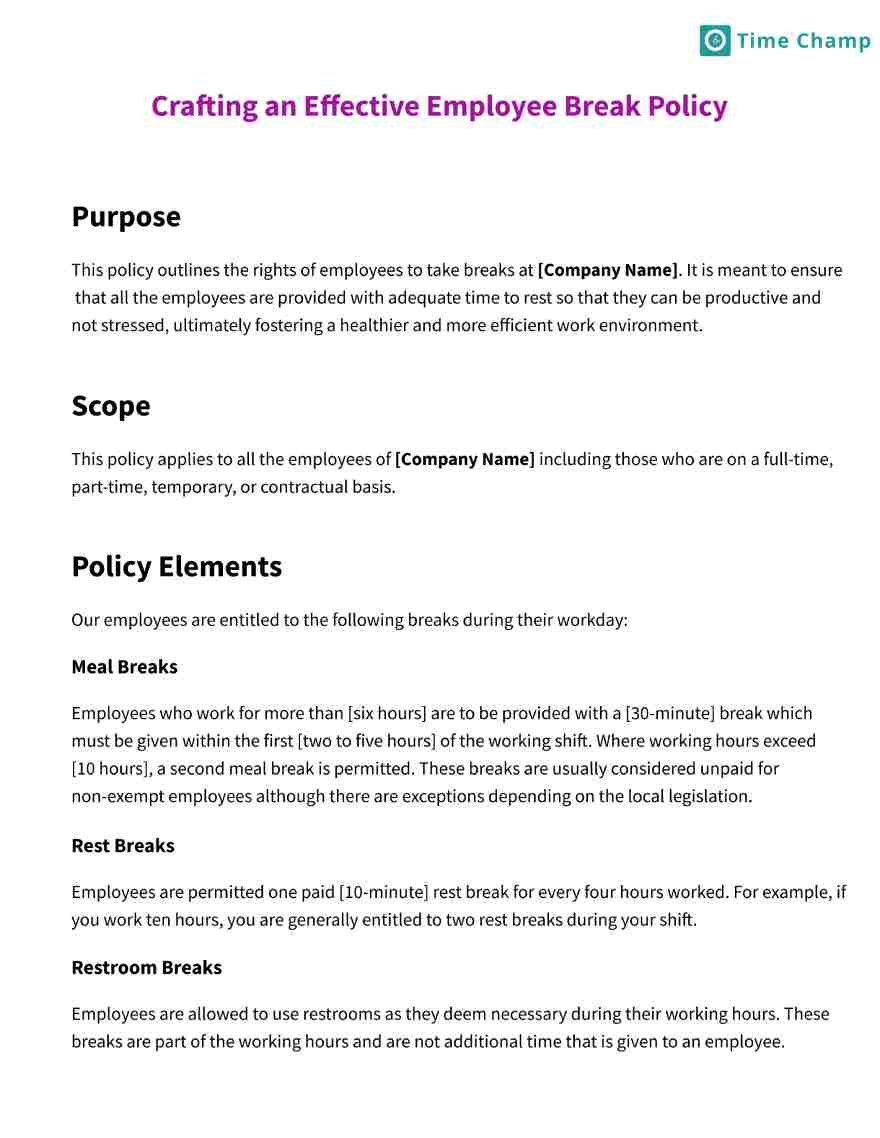
Challenges in Implementing Break Time Policy
Introducing a break-time policy isn’t without its difficulties. From ensuring legal compliance to managing employee expectations, these challenges must be carefully addressed to create a policy that works smoothly for everyone.
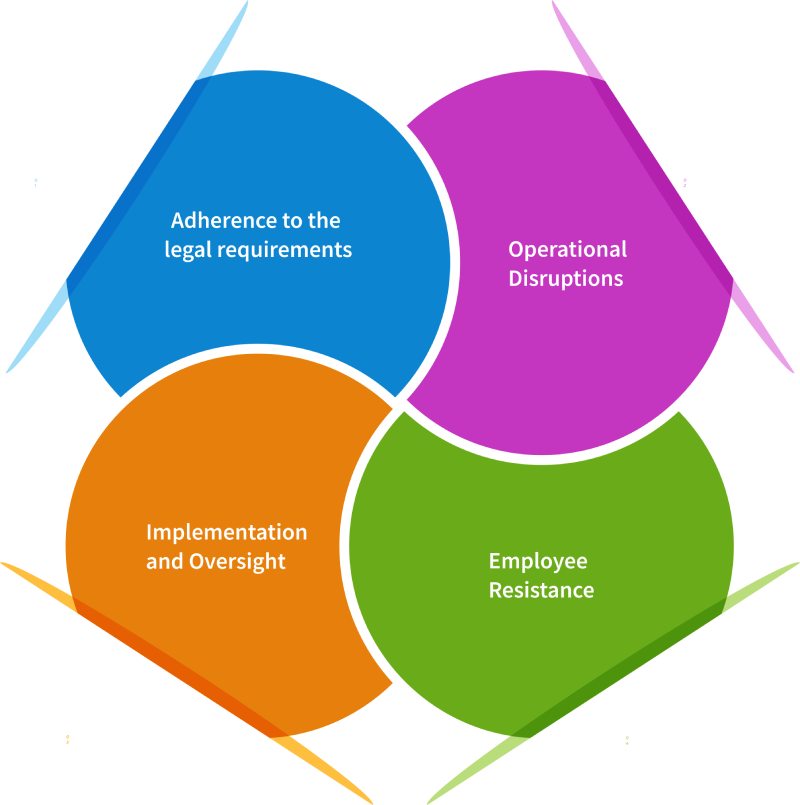
Adherence to the legal requirements
One of the major concerns is the ability to deal with laws and regulations. To ensure that the break time policy complies with these regulations, especially in multi-state or international organizations, the policy needs to be updated frequently and reviewed by legal experts.
Operational Disruptions
Scheduling breaks to ensure that there is enough workforce to run the business and at the same time ensuring that there are no interruptions in the business operations is a difficult task. This is especially the case in positions where there must always be someone on duty, for instance, in customer service or manufacturing.
Employee Resistance
Changing the break time policies may also cause resistance from the employees since people have different expectations and preferences when it comes to break time. These expectations and dissatisfaction need to be well managed and communicated in the right manner.
Implementation and Oversight
The problem is that it is difficult to control the break times correctly and ensure compliance with the policy due to different schedules and remote work. Monitoring and enforcement have to be carried out frequently, which can only be possible if proper procedures and systems are in place.
Solving these issues by implementing a break-time policy calls for creativity and efficient tools.
Implement your break time policies effectively with Time Champ
Time Champ makes break-time policy enforcement simple with its advanced tracking features. Managers can set fixed break intervals, which allows easy tracking of employee breaks across different schedules, including remote work settings.
With automatic time-tracking, Time Champ captures real-time data on employee activity, reducing the need for manual monitoring. This ensures accurate records of break times and enhances overall compliance with company policies.
The software also features idle time detection, which identifies irregular breaks. This helps ensure that employees are adhering to the designated break schedules, minimizing policy violations.
Additionally, live screen monitoring offers insights into employee behaviour, enabling businesses to monitor and enforce break policies consistently. This helps avoid operational disruptions caused by irregular break patterns.
By automating the process, Time Champ reduces complexities, increases compliance, and helps you boost your employee productivity. It’s an ideal tool for organizations aiming to streamline break-time management across various work environments.
Also Read: Free Employee Attendance Policy Template
Effective Practices for Managing Break Time Policies
The following are the best practices that should be followed when developing a break time policy. These strategies help ensure that you maintain productivity while also recognizing the needs of the employees.

Clear Communication
Ensure employees know the break time policy by informing them through various means such as handbooks and meetings. Educate the managers and other employees to avoid misunderstandings and ensure that all the parties know their rights and obligations.
Consistent Enforcement
The break policy should be implemented fairly across all employees. Ensure that you record the break times using time-tracking tools to have a record of the break times. This is useful in addressing compliance and in case of any complications or disagreements, they can be sorted out easily.
Flexible Break Scheduling
Although it is important to have fixed break times, flexibility can be a morale booster for employees. Letting employees decide when to take their breaks within a specific time can be more flexible and understanding of the employees’ needs.
Monitoring and Adjusting Policies
Review the break-time policies from time to time to meet the needs of the organization and the employees. Survey the employees to know if the existing policies are sufficient or if changes should be made to increase satisfaction and productivity.
Also Read: Time Tracking Policy: Why They Matter and How to Get It Right
Conclusion
It is crucial to have a proper break-time policy that will help create a healthy and productive work environment. With proper guidelines it is possible to guarantee that the employees receive the necessary amount of rest for their health, as well as contribute to the overall organizational effectiveness and adherence to the legal requirements. A proper approach to the organization of breaks is useful for employees and the company, ensuring a healthy and constructive attitude in the workplace.
Frequently Asked Questions
It enhances the health and welfare of the employees by minimizing stress and chances of employee burnout. It also enhances employee satisfaction and performance, and legal compliance, and can lead to a better-structured workplace.
Break-time policies should be revised at least once a year or when there are changes in the company’s operations, the labor laws, or when employees’ feedback is received. Periodic revisions help to keep the policy-relevant and in line with the existing legislation.
This can be done by letting employees decide when to take their breaks within some parameters or offering the possibility of changing the breaks’ schedule depending on the workload or the employees’ needs. This approach assists in addressing the issue of different working styles and preferences while still achieving the overall policy objectives.
Remote work environments may also need changes in the break time policies, for instance, using technology to track the break time or working on different shifts. There is a need to make sure that the employees working from home are well-guided on how to take their breaks and at the same time increase productivity.
